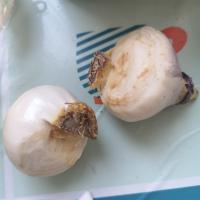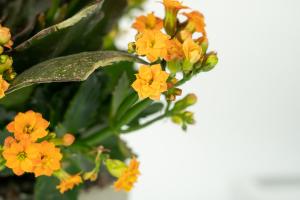1、 Curing method
1. Temperature: in warm places, its growth will be relatively good. Generally speaking, it is between 16 and 22 degrees. In addition, it should be noted that its cold resistance is not very good, so try to keep it above 12 degrees in winter. In addition, too high is also disadvantageous

2. Light: big flower rhinoceros horn does not require too much sunshine. It can withstand half shade. When curing, astigmatism can meet its requirements. Try not to expose it to the sun because its leaves may dry up. Generally speaking, the shading degree in summer needs to be about 50%. Shade as appropriate in other seasons

3. Watering: big flower rhinoceros horn is drought resistant, but it is not waterlogging resistant. Therefore, try to supplement water according to the way of "see dry and see wet". Do not accumulate water. Pay attention to drainage when there is a lot of rain, otherwise it is very easy to rot

4. Fertilization: big flower rhinoceros horn does not need too much fertilizer, but only in the growth period. It can be once every half a month or once every 20 days. Fertilizer and water or solid compound fertilizer can be used

2、 Breeding skills
1. Reproduction: it can be propagated by means of ramets. It can also be sown, but if this method is adopted, the process of flowering is very long. Ramet propagation can be carried out in early spring. The method is also relatively simple. Select a strong mother plant and prepare good quality soil. After separation, plant it in the soil and place it in a cool place for curing

2. Change basin: try to do it once a year or once every two years. It can also be done in early spring. Because it is very afraid of waterlogging, it is necessary to pay attention to the drainage line when preparing soil. Generally speaking, sandy soil can be used with good effect

3、 Problem diagnosis and treatment
1. Diseases: the two main diseases are "stem rot" and "black spot". They are relatively common in summer and can be prevented in advance

2. Pests; It is mainly one kind, called "whitefly", which can be sprayed for control, about twice

4、 Other issues
1. Toxicity: it is non-toxic, but it may have a bad smell when it blooms and stimulate people's sense of smell

2. Whether it can be raised at home: Yes. Its flower shape is very strange. It is a better flower watching plant. But as mentioned above, it smells bad< a>


 how many times do yo...
how many times do yo... how many planted tre...
how many planted tre... how many pine trees ...
how many pine trees ... how many pecan trees...
how many pecan trees... how many plants comp...
how many plants comp... how many plants can ...
how many plants can ... how many plants and ...
how many plants and ... how many pepper plan...
how many pepper plan...
































